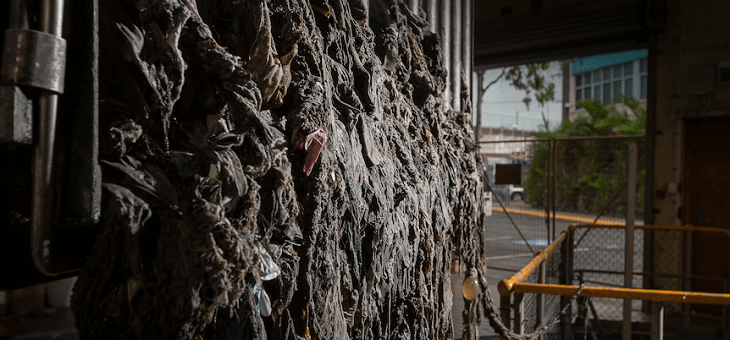Gone and forgotten. That is what most people think when they flush their household loo and say goodbye to whatever they have disposed of.
But every year, wastewater systems and networks around Australia are damaged by people flushing the wrong things.
Wet wipes, cat litter, rubbish and other insoluble sanitary products are commonly disposed of in the toilet, often forming ‘fatbergs’ – smelly congealed masses of oils, fats and insoluble material.
But it’s hoped a new Australian standard will cut confusion around what can and cannot go down the drain, avoiding costly plumbing work.
Within six months, wet wipes, sanitary products and even some types of cat litter will carry a label indicating if it is safe to be disposed of in the household toilet.
Urban Utilities, which runs much of south-east Queensland’s wastewater treatment, ran extensive trials with manufacturers and worked with Standards Australia to create the benchmark that was needed to achieve the national standard.
This is the first time in the world that utilities and manufacturers have worked together to create and agree upon a pass-fail criteria that defines what can be flushed.
Blockages a huge problem globally
Blockages cause big problems for utilities worldwide, Anna Hartley, from Urban Utilities, said.
“The standard is really designed to give people confidence that products that do pass [the standard] down in their pipes and in the wastewater network,” she said.
“The standard outlines clear testing criteria manufacturers need to meet to carry the new label that covers the ‘flushability’ of a wide range of disposable products including tampons, paper towels and even kitty litter.”
The Australian standard was created through rigorous testing in a large replica sewer.
She said the general rule of thumb is that only the ‘three Ps’ – pee, poo and paper – should be flushed down toilets.
The new logo will feature a simple image of a person disposing of a wipe into a toilet and will begin appearing on objects within the next six months.
Urban Utilities removes about 120 tonnes of wet wipe blockage and fatbergs per year, Ms Hartley said.
“That’s the weight of 34 hippos that have to be removed from the network,” she said.
Last year, Urban Utilities pulled a six-metre-long fatberg from a sewer at Norman Park in Brisbane.
“We had to use a crane and the estimated weight was about 500 kilograms, so it was a big one and it is really part of the reason that we’re excited to see this national standard.”
 © 2020 Australian Broadcasting Corporation. All rights reserved.
© 2020 Australian Broadcasting Corporation. All rights reserved.
ABC Content Disclaimer

